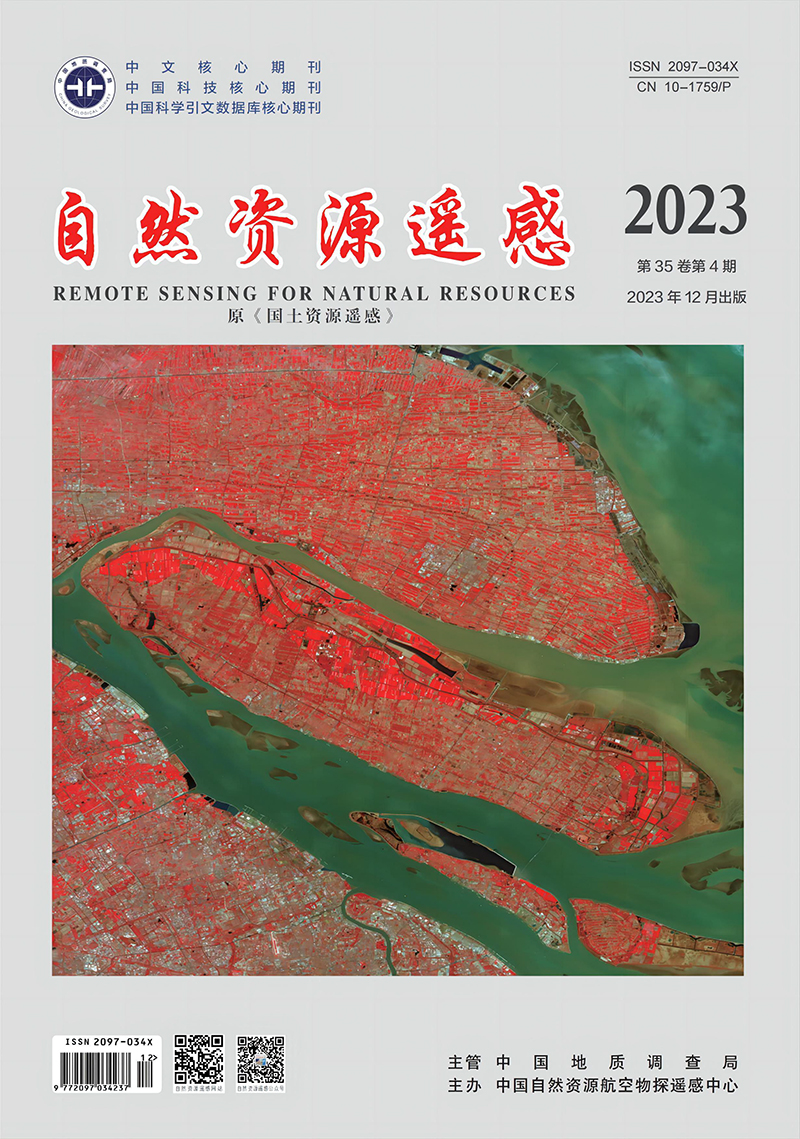TIAN Zhao, LIANG Ailin. 2023. Remote sensing-based monitoring and analysis of residential carbon emissions. Remote Sensing for Natural Resources, 35(4): 43-52. doi: 10.6046/zrzyyg.2022310
| Citation: |
TIAN Zhao, LIANG Ailin. 2023. Remote sensing-based monitoring and analysis of residential carbon emissions. Remote Sensing for Natural Resources, 35(4): 43-52. doi: 10.6046/zrzyyg.2022310
|
Remote sensing-based monitoring and analysis of residential carbon emissions
-
School of Remote Sensing & Geomatics Engineering, Nanjing University of Information Science & Technology, Nanjing 210044, China
More Information
-
Corresponding author:
LIANG Ailin
-
Abstract
In recent years, the research on residents’ carbon emissions has mostly focused on the economic level and direct energy consumption, and less involved in the area of residential areas, and most of the research has relied on traditional surface measured data. In order to improve data accuracy and make more targeted policies, this paper selected China as the research object by taking advantage of the features of strong timeliness, wide coverage and small constraints of remote sensing images, and analyzed the correlation between residential area and residential carbon emissions in China in 2019. After determining the significance of the two, combined with the influencing factor of GDP, a multiple linear regression model was established between residents’ carbon emissions and residential area and GDP. The results show that there is a linear correlation between residents’ carbon emissions and the area of residential areas and GDP. With the development of economic level, the expansion of residential area is the main driving force for the increase of residential carbon emissions, and the driving effect of GDP on the increase of residential carbon emissions has decreased. Therefore, it is necessary to reasonably control the expansion of residential areas while considering economic development, so as to make more refined emission reduction policies and achieve the country's future green and low-carbon goals.
-

-
-
Access History







 DownLoad:
DownLoad: